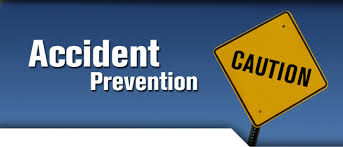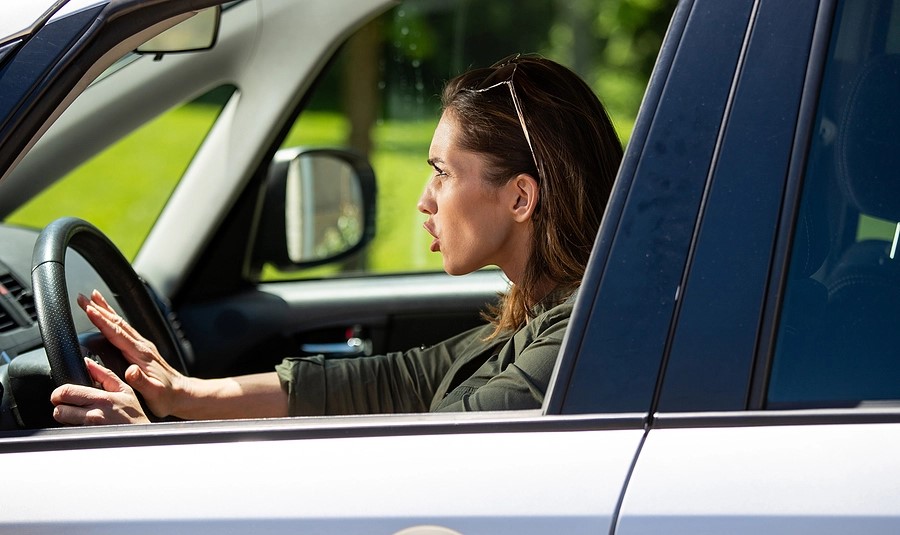Driving on highways can sometimes be a chaotic and hectic experience, especially in heavy traffic, bad weather conditions, and if you are not experienced with long hours of driving. In such a case, knowing tips for driving on the highway for the first time would make a huge difference.
This guide has explained the best highway driving safety tips that will help you acquire a smooth yet safe driving experience on highways. So, let’s get in!
Highway Driving Safety Tips
6 Best Highway Safety Tips for Long-Distance Drivers
If you are driving a long distance for the first time, here are a few great tips on how to prepare for a long drive by yourself:
- Plan your route ahead: Means, have a complete map of rest areas and refueling stations ahead of time.
- Take breaks every 2–3 hours: No doubt, long driving is tiring and exhausting, so take breaks every ~150–200 miles.
- Stay well-rested and hydrated: Fatigue, this is one of the common causes of 100,000 U.S. crashes occurring yearly.
- Prepare the vehicle for long distance: Beforehand, check the vehicle’s brakes, tires, lights, fluid levels and also have a first aid kit and snacks with you.
- Be cautious of highway debris: This is also the common cause of vehicle crashes, so always keep safe distance from other vehicles.
- Share driving duties if possible: If you have another passenger in the car who knows how to drive and has a driving license available, you both can alternatively drive, while another one can have some rest.

What Causes Highway Collisions and How to Prevent Them?
The following are the top causes of most highway collisions:
- High speeding: A vehicle when driving at high speed, it becomes difficult to stop at a safe distance, and your vehicle can collide with the following vehicle.
- Potholes: Drivers often try to avoid them to prevent their car from getting damaged. While doing so, most drivers end up getting collided with another vehicle.
- Driving at Night: At nighttime, even if you turn on headlights, they don’t provide enough visibility, especially when driving through rural interstates.
- Tailgating: When traffic suddenly slows down on the highway, drivers have less braking space that often leads to a chain of vehicle collisions.
- Underage Driving: Even after getting a license and passing a road test, most young drivers drive impatiently and more likely get into fatal crashes, as CDC.

How to prevent them? It’s simple – just avoid doing all the mistakes we explained in the above list, and drive patiently and follow traffic rules.
Auto Safety Features That Help Prevent Accidents
In case you don’t know, what are car safety features? Car safety features are smart tools or real-time controlling systems, built inside a car, that protect people during a crash. In modern vehicles, you can find the following advanced safety features:
- Automatic Emergency Braking (AEB)
- Lane departure warnings
- Adaptive cruise control
- Blind-spot monitoring
- Rear cross-traffic alerts

These systems’ sensors track your activities in real-time while you are driving and take actions on their own when they sense you are about to crash.
Top Automotive Safety Technologies in 2025
The latest safety tech for 2025 goes beyond driver alerts and includes:
- Advanced Driver Assistance Systems (ADAS): They monitor driver behavior in real-time and adapt responses accordingly.
- Connected-Vehicle Tech (V2X): They let cars remotely communicate with each other.
- Driver Monitoring & Emergency Assist: They detect tired or unresponsive drivers via driving behavior and, upon detection, they automatically stop the vehicle.

What Increases Car Risk While Driving?
No doubt driving is a risky activity and regardless of years of driving experience, one can still get into an accident and crash. Apart from over speeding, distracted driving, not using seat belt, not turning off headlights at night, there are few more practices to keep in mind:
- Never drive too closely to another vehicle, especially a vehicle’s bumper.
- Never assume what the driver driving next to you is going to do.
- Don’t get impatient and follow the road signages, traffic rules and laws.
- Always get your car service as soon as possible, when you notice any defect.
- Don’t make sudden or even frequent lane changes. If you need to change lanes, first indicate to others.

What Does Highway Insurance Actually Cover?
Highway insurance (often known as motorway insurance, auto insurance or car insurance) is basically a financial protection which you receive from insurance companies, when damage to your vehicle occurs on the highway in the form of an accident, fire, theft, or natural disaster.
The highway insurance actually covers:
- Liability: paying for injuries or damage you cause to others.
- Collision: repair costs after an accident that’s your fault.
- Comprehensive: damage from non-accident events (theft, weather, animals).
- Towing Expenses: expense of towing your vehicle from highway to repair shop.
Depending on your policy, it may also include roadside assistance, rental coverage, and glass repair to provide you with financial protection and peace of mind during daily commutes.
Wrapping Up:
After reading this guide, we hope you now have an enough understanding of good driving practices for highway driving. Apart from following the highway driving safety tips explained in this guide, always have patience, attentiveness, obey to traffic laws, and drive decently, and you’ll be able to avoid traffic accidents.


-80x69.png)

